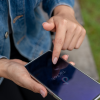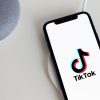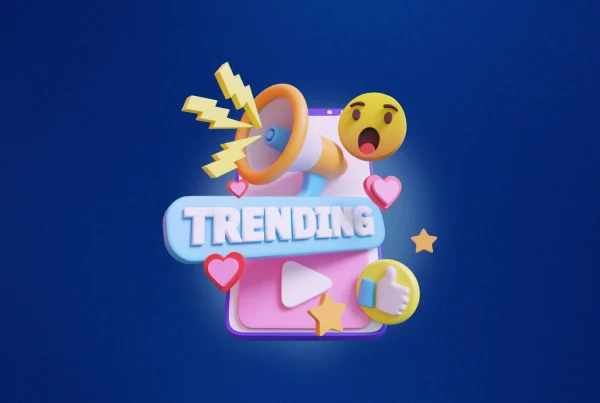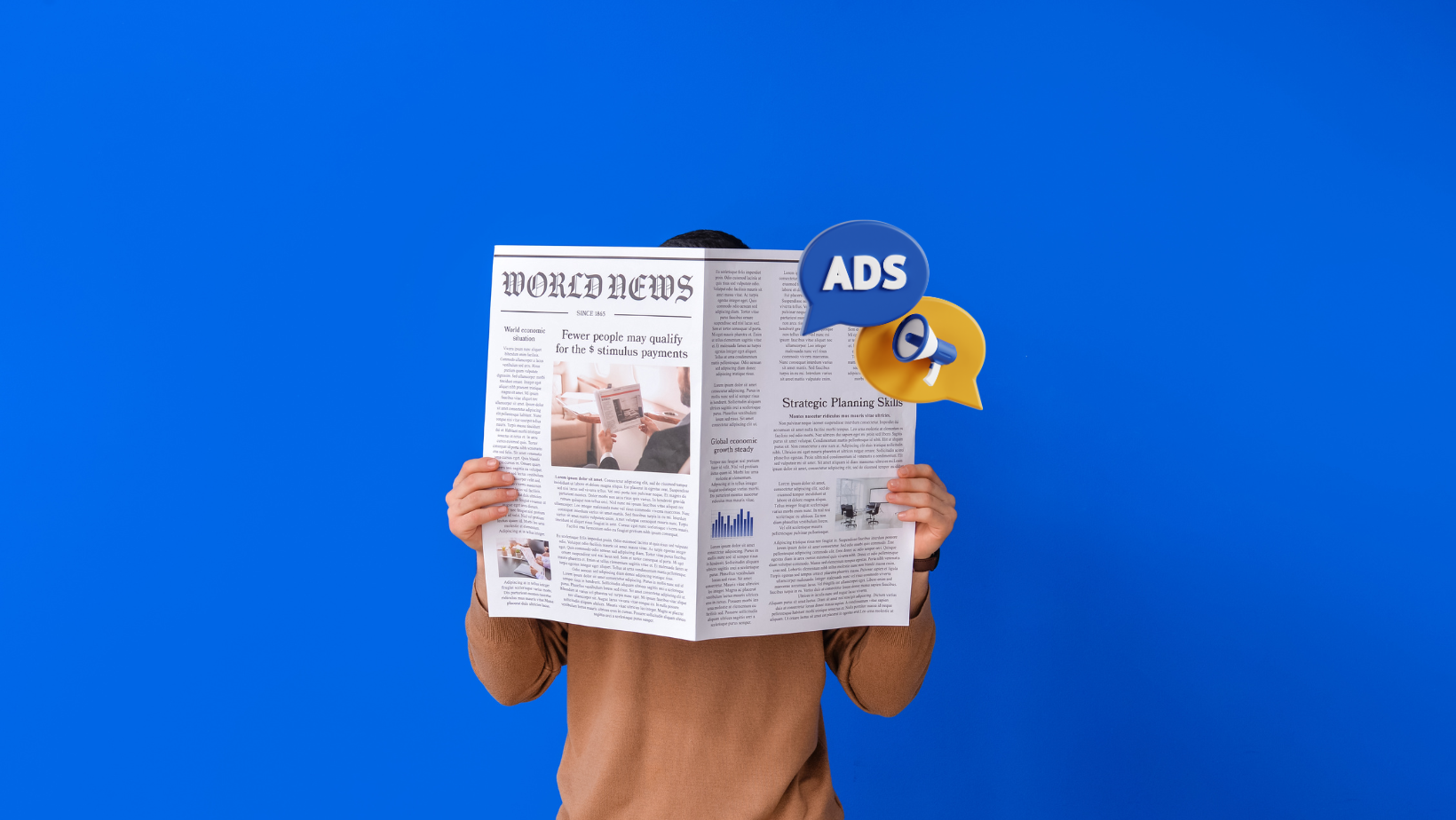
What brands are saying to their publics has changed dramatically. Traditional PR—press releases, media coverage, and third-party endorsement—is no longer the only way to build credibility.
Even its power is waning, to boot. Spending on consumer magazine ads, for example, declined from $11.9 billion in 2019 to $8.12 billion in 2023 (MarketingCharts).
This clearly shows a shift: companies are giving up on using media gatekeepers and employing direct, measurable, very targeted channels like LinkedIn Ads.
The Problem with Conventional PR
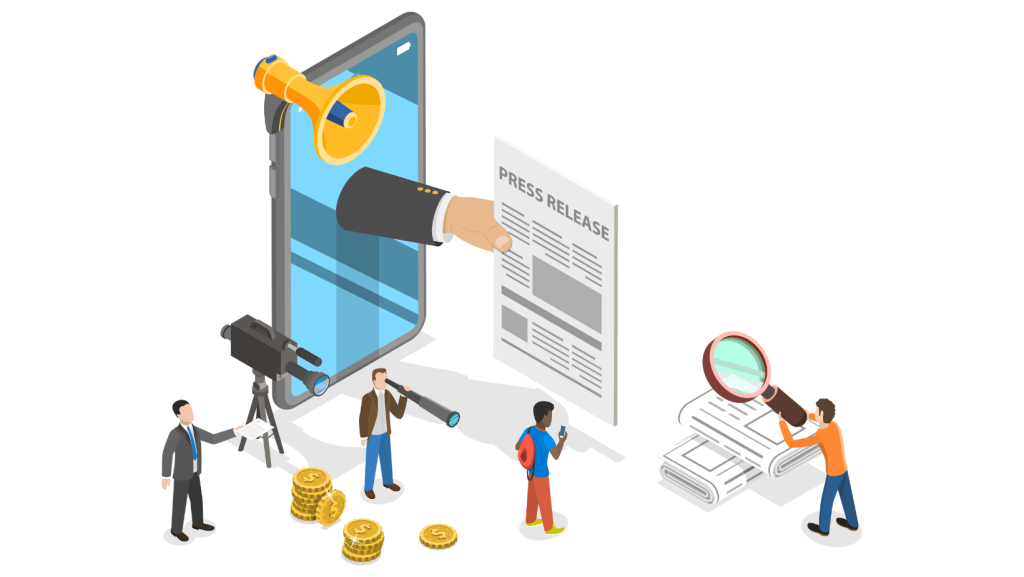 Public relations professionals have worried for years about getting publicity to shape people’s opinions. It is all about making your brand appear in the newspapers, TV, and magazines.
Public relations professionals have worried for years about getting publicity to shape people’s opinions. It is all about making your brand appear in the newspapers, TV, and magazines.
But now, things have definitely changed. Even though people are reading press releases online, do they care enough to wait for a PR to drop?
Here is why PR is fading:
1. Nobody is Reading Print Like Before
Back in the day, getting featured in a major newspaper was a huge win. Now? Not so much.
- Print is dying. Newspaper ad revenue dropped from $49.4B in 2005 to just $9.8B in 2020 (Pew Research). This occurs worldwide.
- People scroll social media for news sources, even though the trust is not much higher than traditional media. However, according to the 2025 Edelman Trust Barometer, people have higher trust in search engines for general news and information.
2. Brands Have Zero Control Over Their Story
Once a journalist covers your brand, you can’t control how they spin it. That’s a huge risk. Bad headlines can happen, and brands images might improve or drop in seconds after they are released.
Not only that, there can be misinterpretation in PR, such as an unclear quote, causing a backlash. Often, brands don’t get a second chance to fix the narrative.
3. There’s No Way to Measure Impact
Traditional PR is all about the vibes, not data. You might get a press hit, but what does that actually do for your brand?
After the PR is released, you won’t be able to have a trackable ROI. Unlike digital ads, where you see clicks, conversions, and cost per lead (CPL), PR doesn’t tell you how many people took action.
Even though PR can have a wider and larger reach, it doesn’t mean engagement. Not all people will care, even though there’s a million read about it.
How LinkedIn Ads Give Brands Control

While traditional PR still plays a role, brands can choose whether they want to take the risk or just shift into LinkedIn ads. To have more control, LinkedIn ads can not only craft the message they want but also reach the right audience.
1. Precision Targeting: Reach the Right People, Faster
Traditional PR builds awareness so people will notice you. But with LinkedIn Ads, your message will reach the audience that you want instantly. To do this,
- Target by job title, industry, and even company size
- Retarget to get more conversions. If users see your ads many times, they are more likely to convert.
2. Higher Engagement: Spark Conversations That Matter
PR coverage can generate buzz, but LinkedIn Ads create direct, meaningful interactions with decision-makers. Not only that, LinkedIn ads also:
- Have better click-through rates (CTR). People are more likely to take action if you do it correctly.
- Decision-makers are all over LinkedIn. This is a platform where you can definitely get noticed by the right people.
- Have engaging ad formats that attract attention. With video ads, carousels, and lead gen forms, brands can engage their audience in more interactive ways.
3. Data-Driven Insights: Prove ROI in Real Time
Unlike traditional PR, where measuring impact can be tricky, LinkedIn Ads provide clear performance data to optimize campaigns.
With LinkedIn ads, you could measure ROI, like mentioned above. With the amount of engagement, clicks and conversion, you could tweak in real time the way you display the ads to reach the right audience.
Not only that, it has conversion tracking, making it easier to track ad performance. Brands using LinkedIn’s analytics see 14% higher lead generation (LinkedIn Marketing Solutions).
So, what’s the right move?
Instead of relying on PR, brands can use LinkedIn ads to have more control over how they present themselves. Not only that, they could also create content like blogs, videos and social media posts for your brand.
Not to forget, have a collaboration with the right and genuine influencers that align with your brand image. This will help you reach the audience more authentically.
Traditional PR isn’t dead, but it’s definitely not the best move anymore. Brands that want to stay relevant need to own their narrative—and that starts with digital-first marketing.
The Takeaway
Traditional PR remains valuable for building credibility and relationships, but LinkedIn Ads offer an unmatched level of control, targeting, and measurable impact. The smartest brands aren’t choosing between the two—they’re using both strategically to amplify their reach and results.
Want to reach the right audience with LinkedIn ads?

